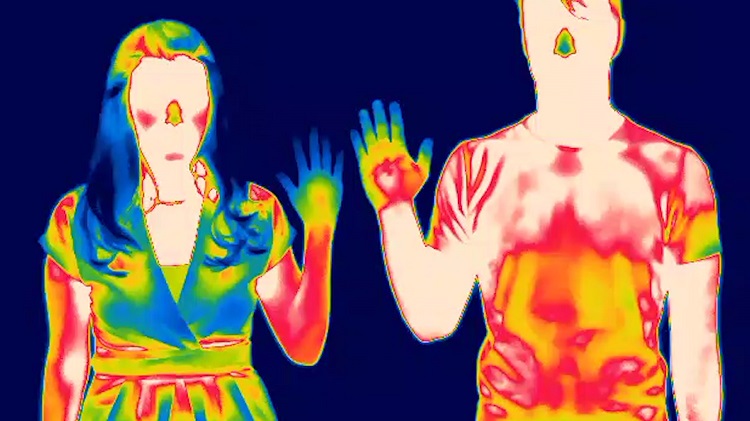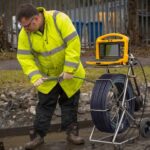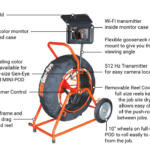Buying a thermal imaging camera is quite a big commitment. Even though their prices have fallen dramatically over the past several years, you want to ensure you’re getting the most value for your money. Choosing a camera that fits your specific needs and requirements and will serve you for years to come is the best way to do that. For many, the cost will be the driving factor, while for others, some key software or hardware features matter more. Whatever infrared thermal imaging camera you end up choosing, it should offer dependability, quality, as well as decent technical service and support.
With that said, set a realistic budget for yourself, and start looking at all the different models around that price range. Some models will excel in some areas while falling behind in others, meaning that you’ll have to decide what matters to you more and what doesn’t. Some of the most important factors you need to consider when shopping for infrared thermal imaging cameras include sensitivity, resolution, and temperature.

The sensitivity of the camera refers to the camera’s ability to detect infrared energy. One thermal camera can be sensitive to 0.10 degrees Celsius temperature changes, while another may be sensitive to 0.05 degrees Celsius changes. You want to get a camera that’s as sensitive as possible so that it can detect even the smallest temperature variations.
The resolution of the camera is expressed in pixels. Basically, the image is created by taking various different measurements, which are then converted into an electronic signal and ultimately displayed. So for instance, a 120×120 camera takes 14.400 measurements at the same time, and it can use the different temperatures in those pixels to provide the user with a meaningful image. More pixels equals better detail, meaning you want a camera with the best resolution you can afford.
The temperature of the camera refers to the difference of temperature variation you need to have visualized by the camera, and how high a temperature you’ll need to measure and view. This consideration is quite important, as some cameras are designed for specific operating conditions. Some cameras, like the models from the FLIR E-Series, are ideal for conditions found in building environments, as they can sense even the smallest variations and have working temperature ranges of -20 to 120 degrees Celsius.





















